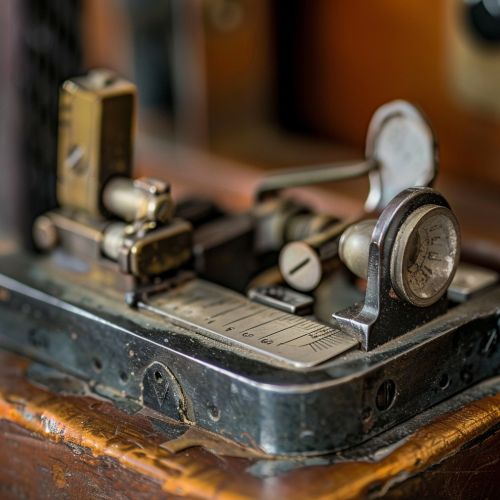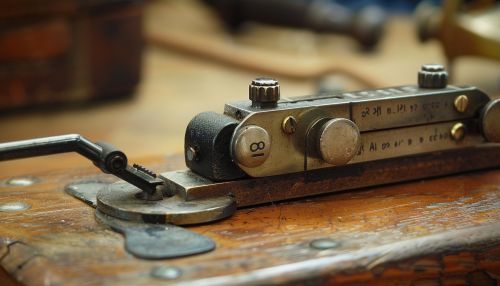Morse code
Introduction
Morse code is a method used in telecommunication to encode text characters as sequences of two different signal durations, called dots and dashes, or dits and dahs. Morse code is named after Samuel Morse, one of the inventors of the telegraph.


History
The Morse code was developed in the early 1830s by Samuel Morse and Alfred Vail for their new invention, the telegraph. The telegraph was a long-distance communication device that sent electrical signals over a wire. The need for a simple, efficient code to transmit messages led to the development of Morse code.
Structure
Morse code represents each letter of the English alphabet, each numeral, and a few punctuation marks as a unique sequence of short and long signals. In Morse code, the short signal is called a "dit" and is represented as a dot. The long signal is called a "dah" and is represented as a dash.
Usage
Morse code was widely used for early radio communication beginning in the 1890s. For the first half of the twentieth century, the majority of high-speed international communication was conducted in Morse code, using telegraph lines, undersea cables, and radio circuits.
Modern Use
While Morse code is no longer in widespread use, knowledge of it is still required by some amateur radio licensing examinations. It is also used by amateur radio operators, pilots, and air traffic controllers.
